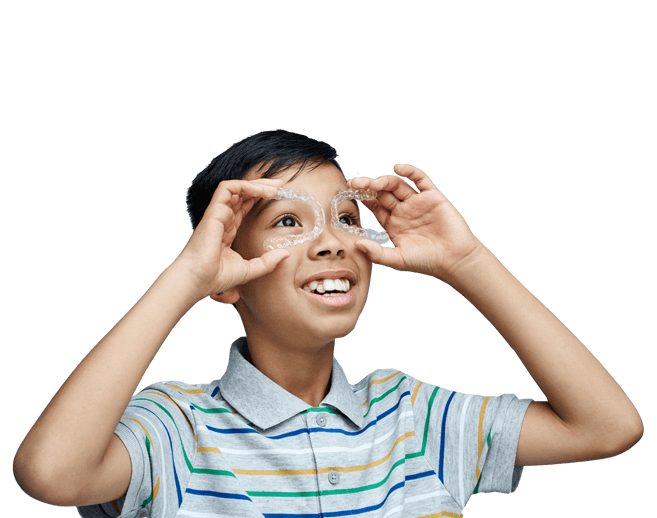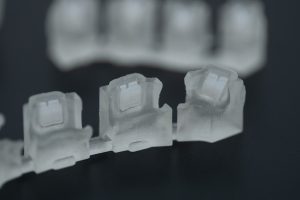At Mehta Orthodontics we frequently get asked, “what age should my child see an orthodontist?”. You might think that your teeth need to look and feel good but an important part of the orthodontic assessment is for your child to have a healthy bite and grow up with a jaw that is properly aligned. This is why the first step in any orthodontic treatment is early evaluation. The Australian Society of Orthodontics recommends that your child go to the orthodontist for their first evaluation at the age of 7.
Below are some of the reasons for our child to get an early evaluation from an orthodontist:
- Tooth loss and eruption: Many parents underestimate the importance of baby teeth partially due to the fact that they all fall out anyway. What you might not know is that the baby teeth are teeth holders, the primary placeholders for the permanent teeth. This means that where the baby teeth are located and when you lose them actually matters a little more than you think.
- Crowding and spacing: A common problem that children have is crowding or spacing. Our team at Mehta Orthodontics are here to determine whether the spacing or the crowding is an issue now, and we can even detect if it is going to be an issue in the future. We often see spacing issues arise from a tooth being lost prematurely, where one has never developed, or when the teeth are too small or narrow. If crowding is causing a problem, extracting certain primary teeth can help. In more severe cases, dental arch development and expansion may be useful.
- Misalignment: Crooked teeth can pose quite a few challenges for children. They’re difficult to brush and floss effectively and more susceptible to uneven wear. This can compromise the surrounding gum tissue if left untreated and could eventually change the shape and position of the gum line. While we can successfully align teeth at almost any age, correcting certain malocclusions while a child is still growing can make treatment faster and more effective.
- Overbite/ Overjet: When a child has front teeth that noticeably protrude, it is usually seen as a cosmetic concern, ie how your child smiles and looks. Something important to note is the effects of an overbite go beyond appearances and may lead to jaw pain, excessive wear and tear to the teeth, and interrupted speech patterns.
- Underbite: The Mehta Orthodontics team will first need to determine whether an underbite has been caused by a problem with the eruption of the teeth or by the jaw relationship. In some cases we ask for you to come back once your child has stopped growing so we can review and provide comprehensive treatment. The good news is that earlier measures can be taken to help avoid damage to the front teeth and encourage skeletal correction!
It’s not always easy to tell when your child may need braces or even if they have orthodontic issues. Even if you see teeth that look straight, they may be hiding a problematic bite and jaw alignment. Below are some clues to indicate the need for orthodontic attention such as:
- Difficulty chewing or biting
- Breathing through the mouth
- Thumb-sucking
- Crowded, misplaced or blocked-out teeth
- Jaws that are too far forward or back
- Biting the cheek or biting into the roof of the mouth
- Protruding teeth
- Upper and lower teeth that don’t meet (or meet in an abnormal way)
- An unbalanced facial appearance
- Grinding or clenching of the teeth
Early treatment with our expert team at Mehta Orthodontics can help prevent or intercept more serious problems from developing. Call us today to book an early treatment detection appointment.












